Digital doodles: smart pens re-writing how we use paper
A new breed of smart pens are on the way, with companies like Montblanc, Moleskine and Sony investing in this cutting edge technology, how we use pen and paper has the potential to change forever
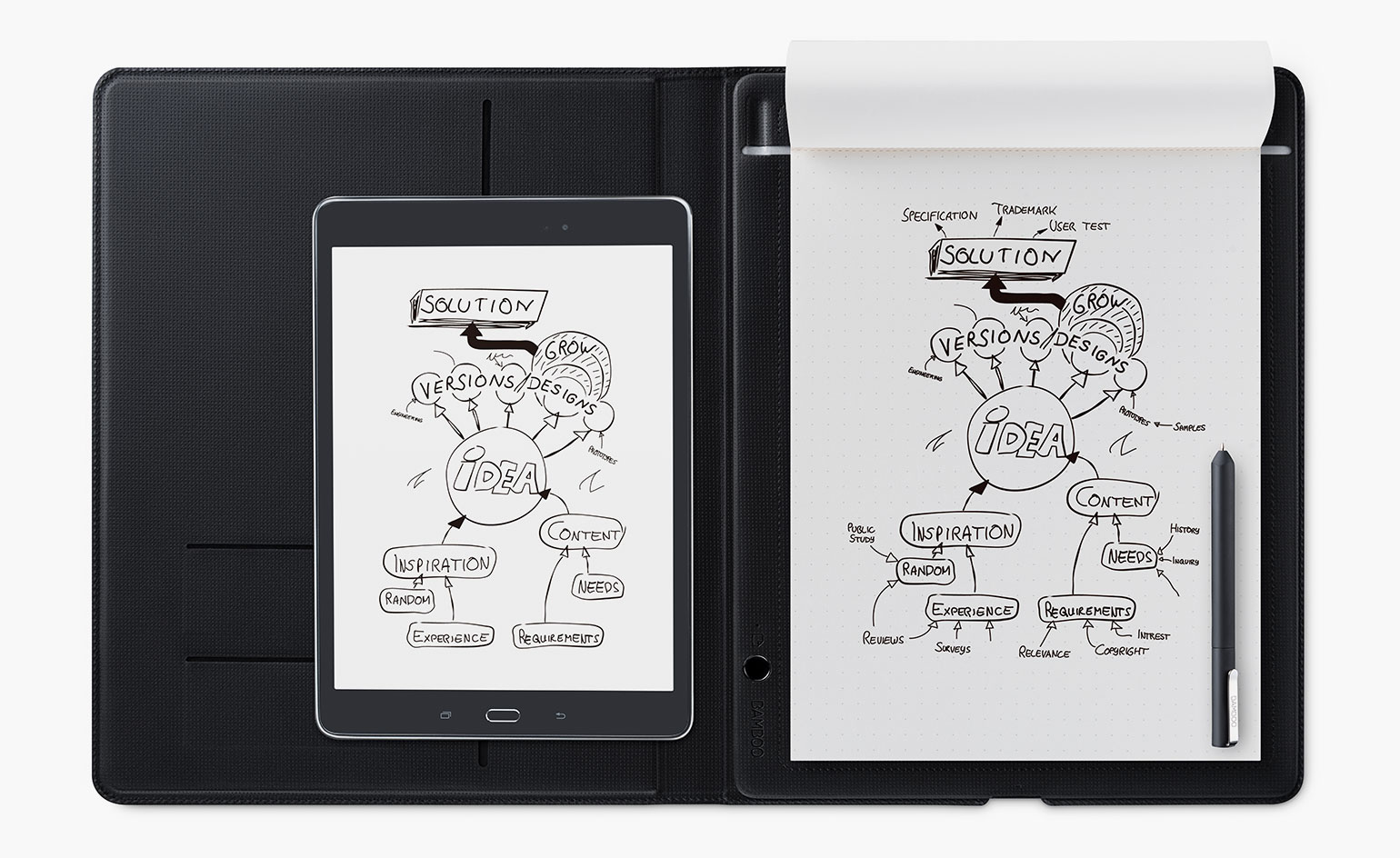
This piece started life as a handwritten text, barely neater than a regular scraw. The difference is that it was written into a Moleskine+ notebook using their Pen+ Ellipse smart pen. Deciphered and turned into text, it was then uploaded and edited. This is the core functionality of the company’s Moleskine+ Smart Writing System, a clever splice of digital and analogue technologies that adds another layer of functionalism to note-taking, sketching and general creativity.
Pen and stylus inputs have been around since the early days of computing. Wacom’s tablets are still an integral part of the design and illustration toolkit, while iPads, tablets, phablets and touch screens all benefit from the precision and simplicity of using a pen, either directly on the screen itself or on an interactive surface. Digital paper is different. It takes a step forwards by going backward, precisely replicate thing pleasure of drawing pen across paper while still incorporating a useful digital component.
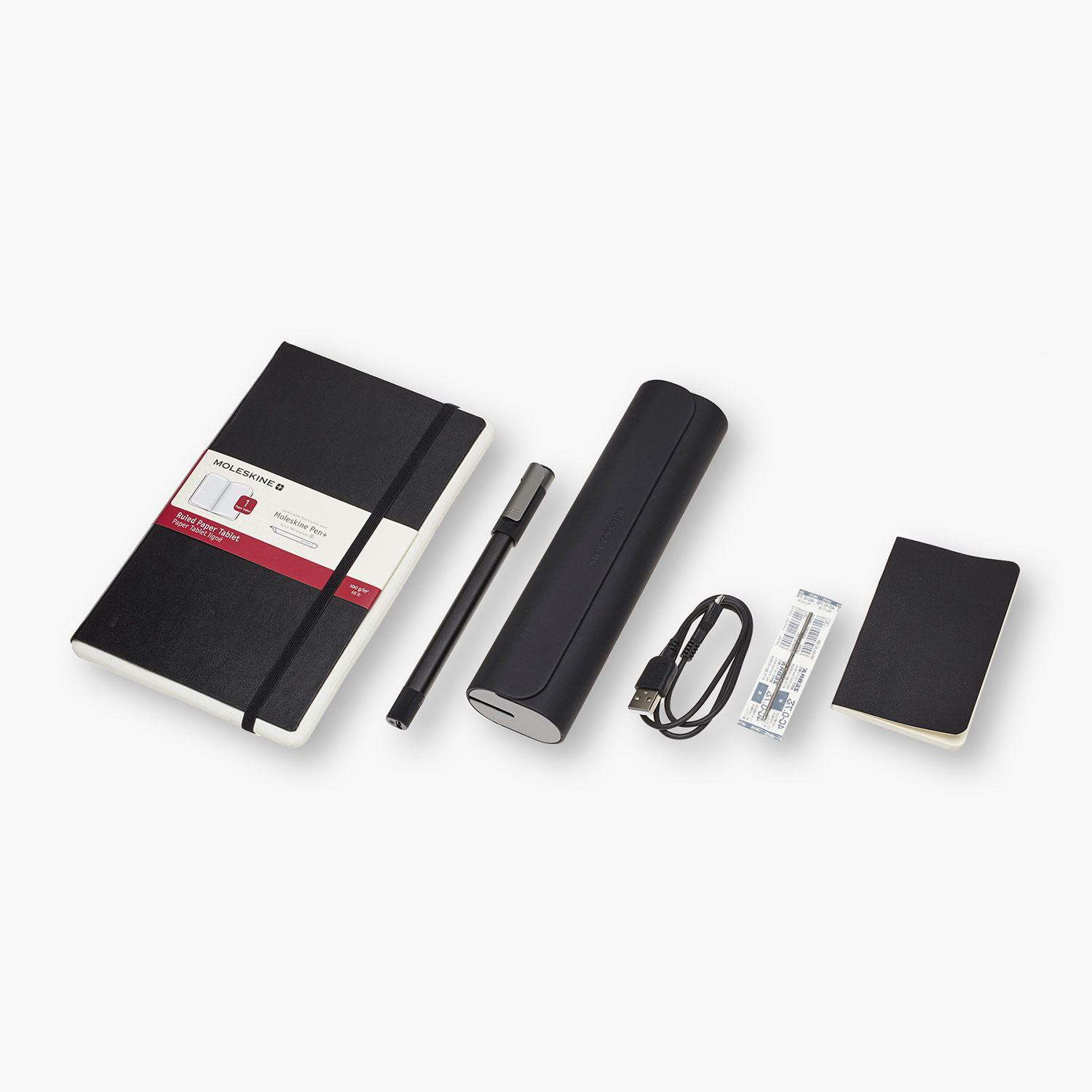
Moleskine+ Smart Writing System
It's not surprising to find high-end stationers at the cutting edge of this technology. Montblanc's Augmented Paper and Moleskine+ have both been around for a couple of years but are arguably coming into their own. Montblanc's system unsurprisingly places an emphasis on the quality of the pen and leather binder - it's the latter that is plugged in and connected to your mobile device. Sensors in the pad work with the adapted Montblanc StarWalker ballpoint, storing writing that is then converted to text within the app, depending on the quality of your handwriting. After a page is finished, you to press a button on the binder to sync the notes to its internal memory and your device. In theory, any paper can be used in conjunction with the binder and pen, although the German company's own stationery is predictably high quality.
In comparison, the Moleskine system requires a dedicated notebook and pen, but is ultimately more flexible. The device automatically recognises what page you're on in the notebook, with sensors in the pen picking up a fine grid imprinted on each page. The app dovetails with Evernote and Google Drive and you can also send a snapshot of your current page via email with a simple scribble of the pen. It is an impressive technical achievement, and when tech support has ended, batteries have died and file formats have slipped into obscurity, you're still left with the same tangible physical object you started out with. The app allows you to switch colours and also replay text and sketches as short movies: it is an extravagant medium in which to doodle.
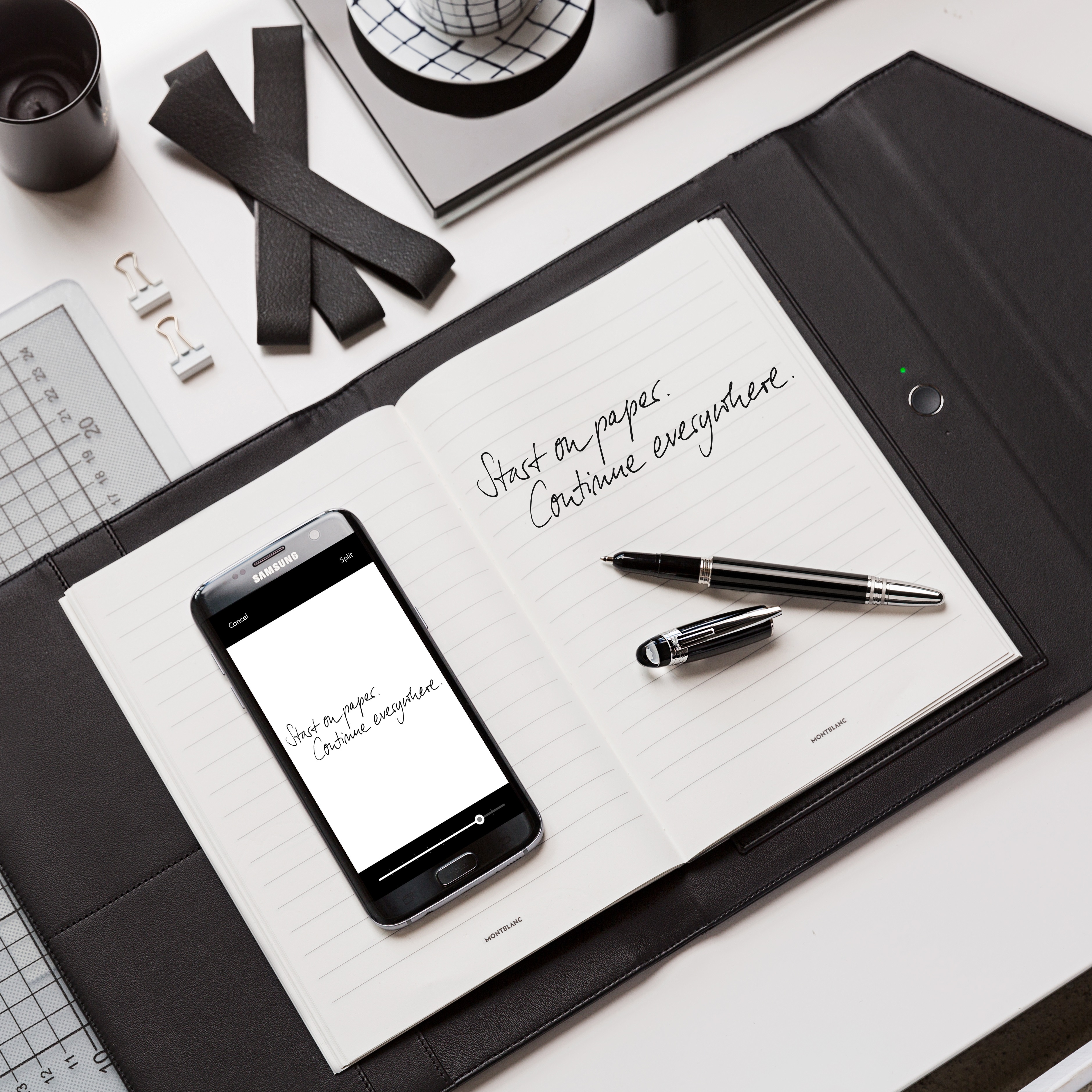
Montblanc Augmented Writing
Wacom's Bamboo Folio and Slate smartpads take a similar approach to Montblanc, with the digitising taking place within the smartpad itself, which has an integral 100 pages of storage and can export as jpg or pdf, as well as sync with existing cloud services. If you want handwriting recognition, however, you'll need to subscribe to the company's Inkspace Plus service. Livescribe uses essentially the same tech as Moleskine, requiring special pens and pads to integrate, as does Neo's Smart Pen, with its own own Ncoded notebooks.
By comparison, other digital solutions go too far in eschewing the tactile delight of writing. Rocketbook's Smart Reusable Notebook and Pen is wipe clean and reusable, which most compulsive note takers will find anachronistic. Sony's promising Digital Paper isn't yet available worldwide, nor is the new reMarkable 2. Both are pared-back super-slim tablets with special screens and styluses, designed to imitate the feeling of dragging a nib across paper with the added benefits of a filing system, hand-writing recognition and cloud back-up.
But if you're happy with having every slip of the pen immortalised within some unknown far-flung server farm, then the Moleskine+ is our choice for the modern digital hoarder. It suits the notebook lover down to the ground, appealing to fetishists of the analogue form who can't let go of a single gig ticket, souvenir invitation or Christmas card. It offers a back-up in both realms, digital and analogue, which feels just right for our new age of uncertainty. Your priceless musings can exist in digital form, but they'll always remain committed to pen and paper. §
INFORMATION
moleskine.com
montblanc.com
wacom.com
remarkable.com
sony.com
getrocketbook.co.uk
livescribe.com
neosmartpen.com
Receive our daily digest of inspiration, escapism and design stories from around the world direct to your inbox.
Jonathan Bell has written for Wallpaper* magazine since 1999, covering everything from architecture and transport design to books, tech and graphic design. He is now the magazine’s Transport and Technology Editor. Jonathan has written and edited 15 books, including Concept Car Design, 21st Century House, and The New Modern House. He is also the host of Wallpaper’s first podcast.
-
 100 George Street is the new kid on the block in fashionable Marylebone
100 George Street is the new kid on the block in fashionable MaryleboneLondon's newest luxury apartment building brings together a sensitive exterior and thoughtful, 21st-century interiors
-
 Experience the cradle of the Renaissance in a new light at Florence’s W hotel
Experience the cradle of the Renaissance in a new light at Florence’s W hotelFlorence’s palazzi, basilicas and baptistries groan with history. But the city’s new W hotel poses an alternative perspective – one that is distinctly modern
-
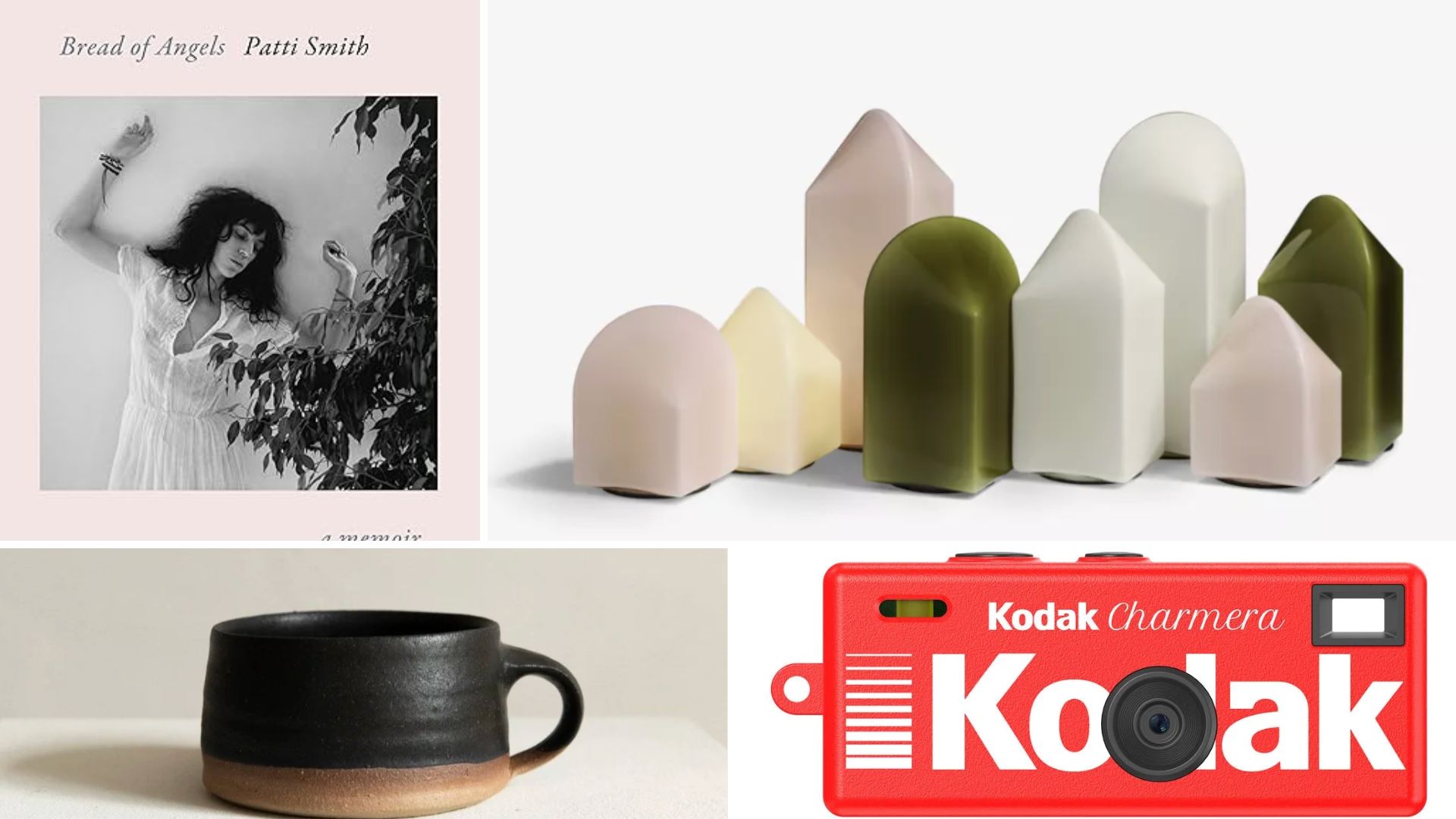 Wallpaper* Gift Guides: What our director of digital content, Charlotte Gunn, has on her wishlist this year
Wallpaper* Gift Guides: What our director of digital content, Charlotte Gunn, has on her wishlist this yearFrom the year's most-anticipated music biography to stacks of vinyl, these goodies will help you unwind and unplug
-
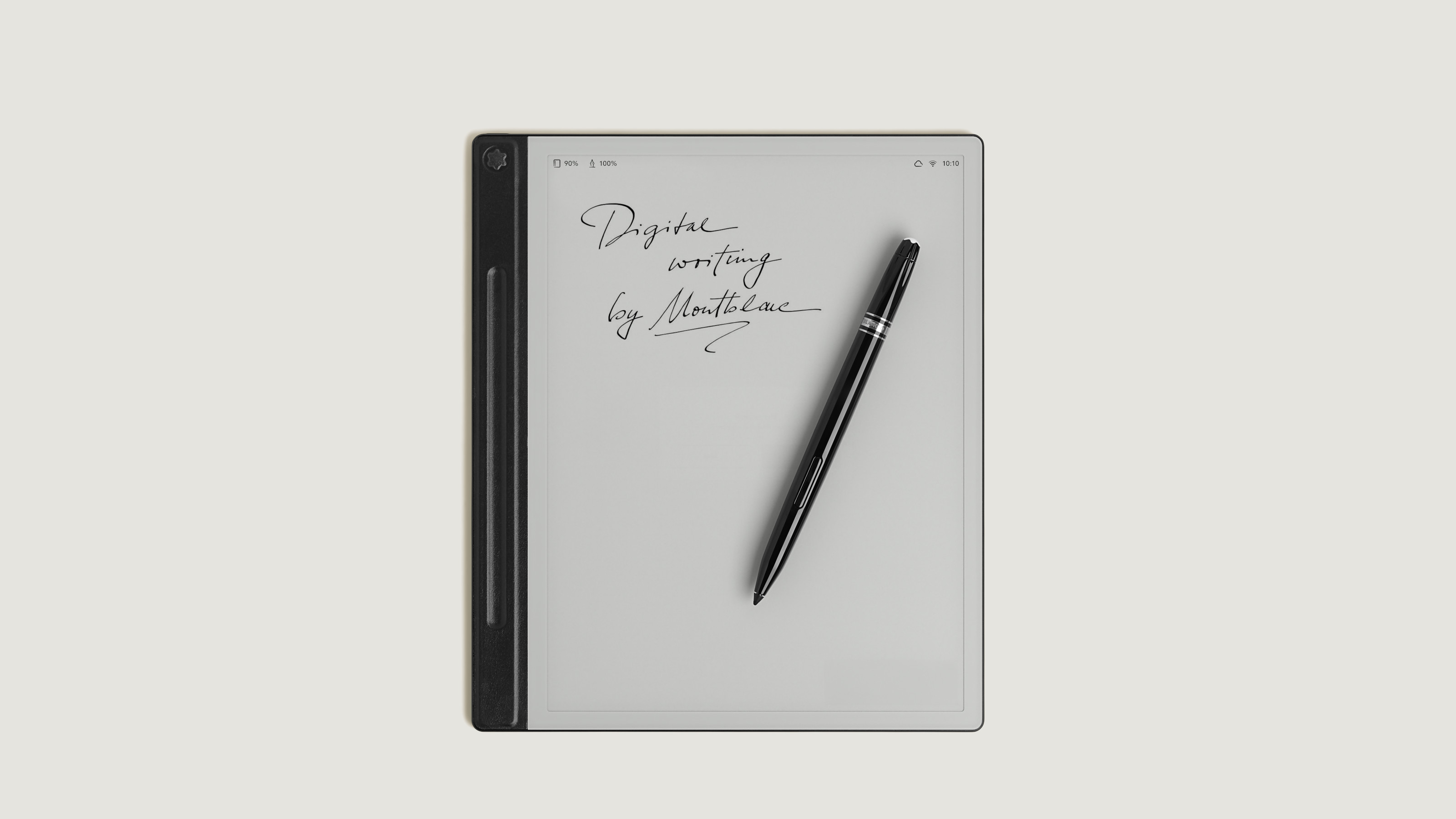 Montblanc’s new Digital Paper and Digital Pen are high-end entries into the e-ink club
Montblanc’s new Digital Paper and Digital Pen are high-end entries into the e-ink clubFamed for its traditional writing instruments, Montblanc brings its premium approach to the digital realm
-
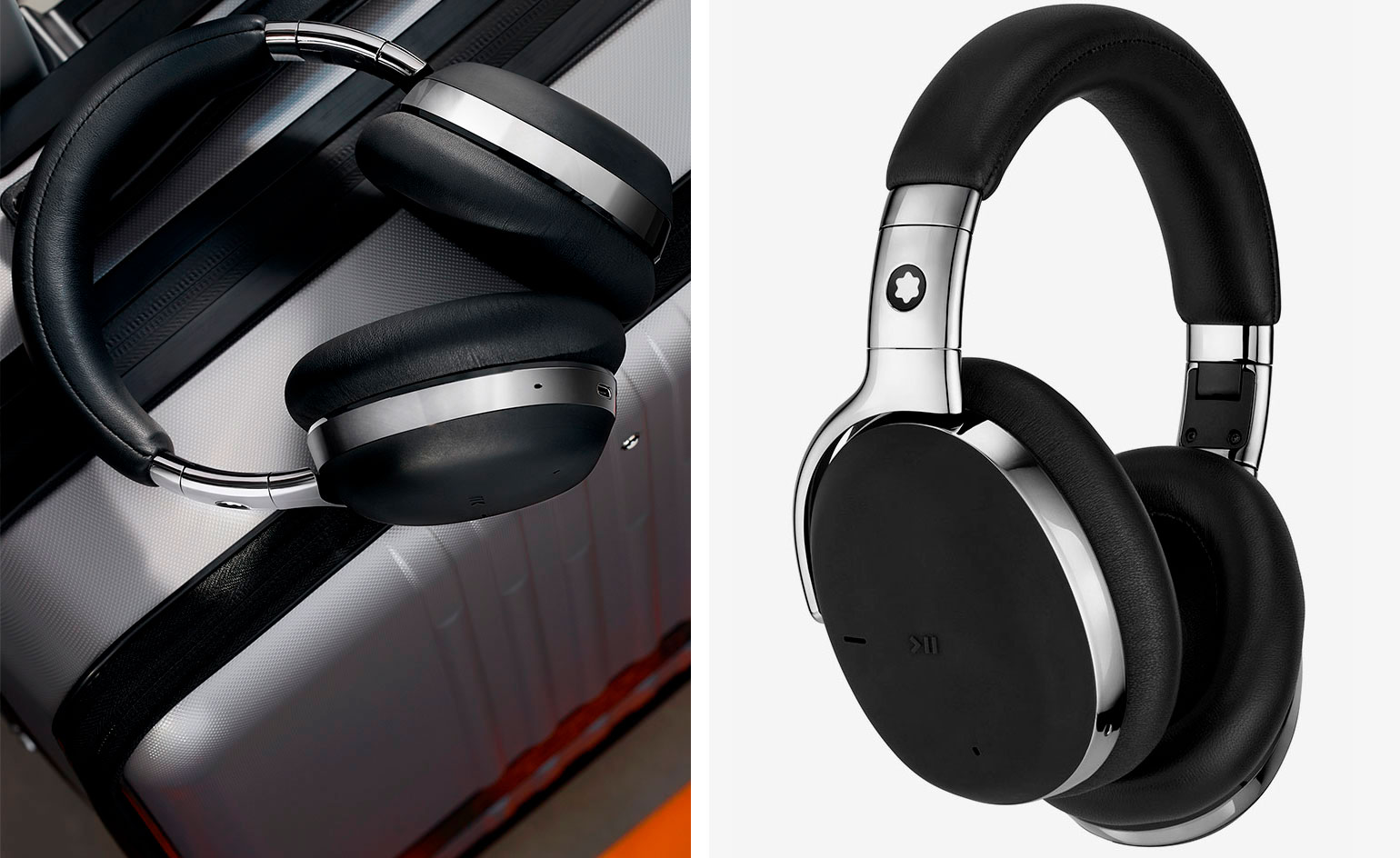 Montblanc reveals smart headphones – and we're all ears
Montblanc reveals smart headphones – and we're all earsContinuing its portfolio of solutions that bridge analogue and digital realms, Montblanc creates a collection of smart headphones that combine contemporary technology with the writing instrument brand's century-old skill base